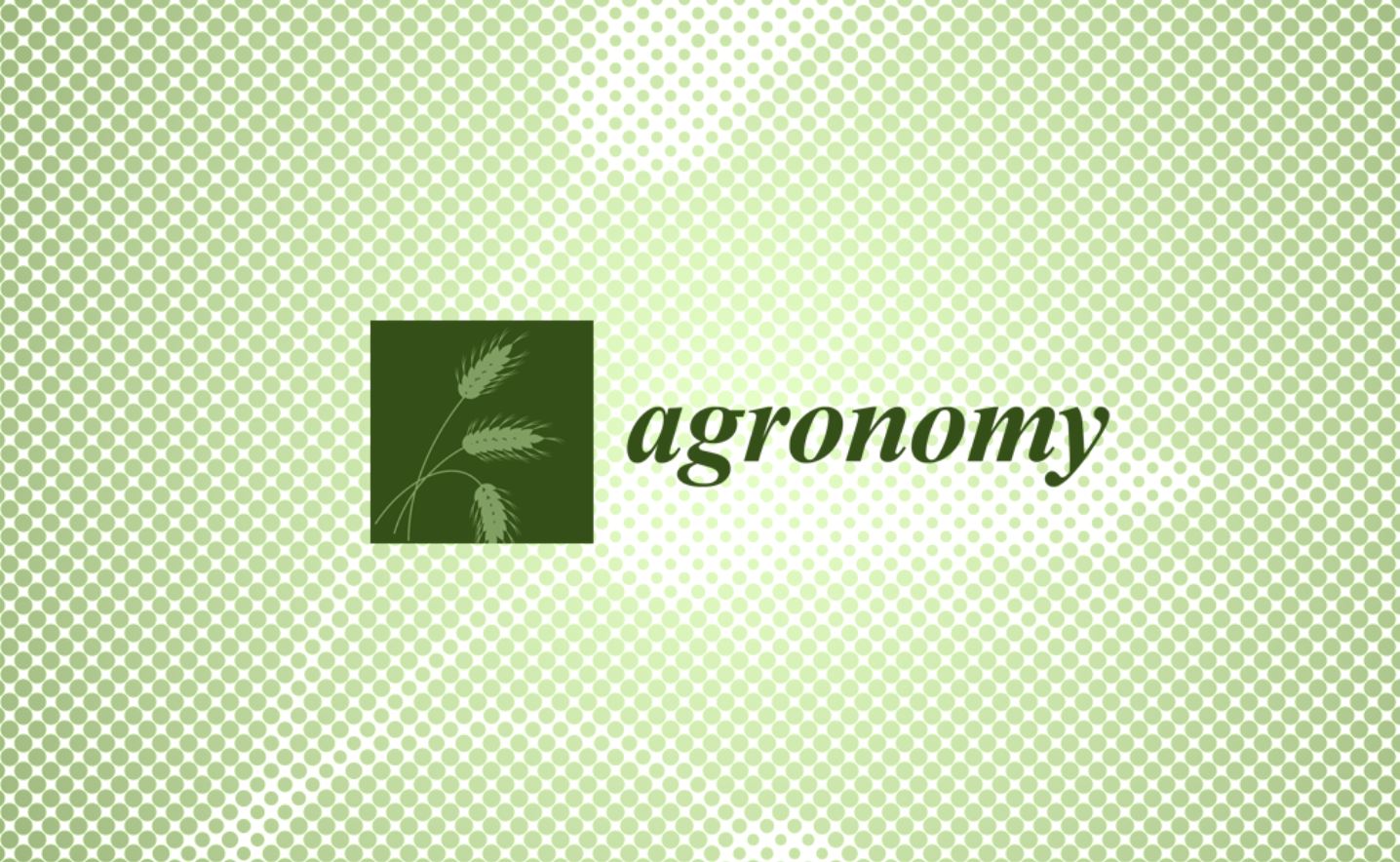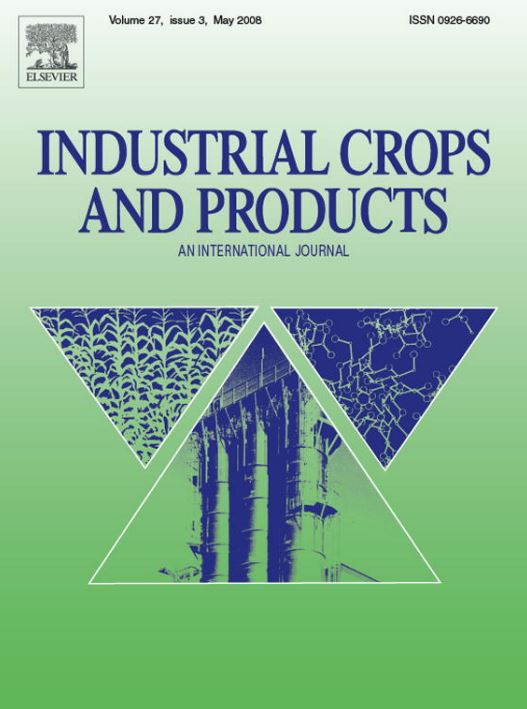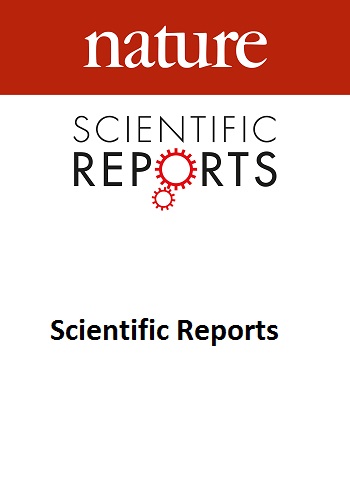Abstract
Among the commercial cannabis varieties, some are high yielders but characterized by a relatively poor root system. Roots absorb water and minerals from the soil, enabling vegetative development that directly affects yield, as vigorous plants have more resources to support reproduction. Moreover, healthy foliage is a primary key to high assimilation rates, leading to better production of photosynthetic products, including cannabinoids and terpenes, which are the main active components of cannabis. We grafted a high-THC variety, named ‘Freud Super-Ego’ (FSE) onto three chemotypes of rootstocks: high-THC (T), high-CBD (C), and Balanced (B). All the rootstocks had significantly greater root biomass compared to FSE. All the grafting treatments significantly improved FSE’s vegetative indices and yield. The best overall vegetative performance – height, stem circumference, number of mature leaves – was that of plants grafted onto the Balanced and high-CBD rootstocks, resulting in high yields as well. However, the greatest number of inflorescences was counted when FSE was grafted onto a high-THC rootstock. According to leaf mineral content analysis, the highest nitrogen and phosphorus levels were found in leaves of FSE grafted on the balanced rootstock. The cannabinoid content profile analysis revealed that all grafting treatments raised the THC level in FSE’s inflorescences by 8–12 % in comparison to the non-grafted control, and the THC rootstock led to the highest THC level. The results indicate the importance of grafting in cannabis as a tool to increase the productivity and quality of the product.




